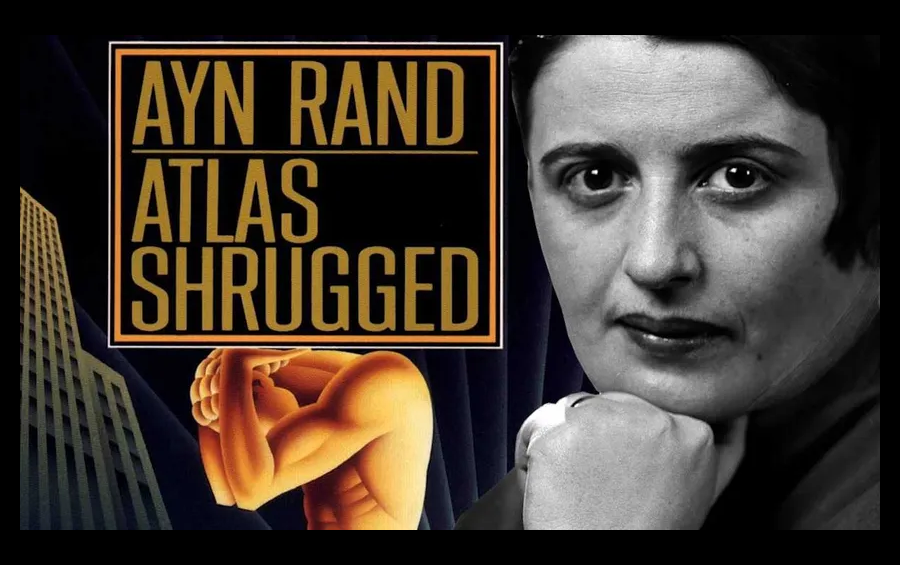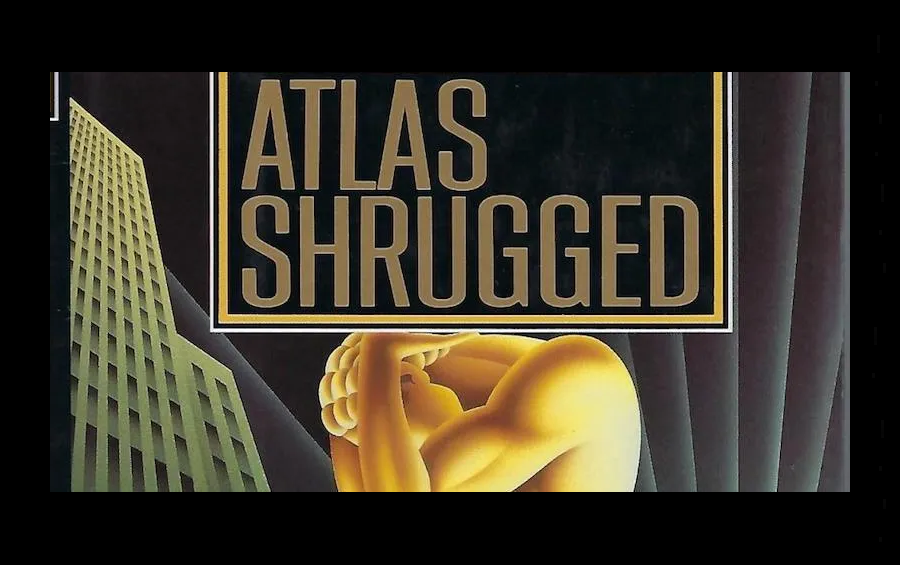Atlas Shrugged: A Classic That Celebrates the Individual and Exposes Tyranny
Category: philosophy

Hey, everyone! It’s been almost a year since I last posted on the blog – life’s been hectic, right? But after diving into Atlas Shrugged by Ayn Rand, I couldn’t resist sharing how much this book shook me to my core.
Rating: ⭐ 10/10
With over 1,200 pages, it’s a beast of a book, but hands down the best I’ve ever read. If you’re into ideas about freedom, justice, merit, pride, and the power of the individual, buckle up: this book might just change your worldview.
Ayn Rand, a writer and philosopher who fled an oppressive regime to build her life in the United States, created an epic narrative in Atlas Shrugged (published in 1957).
The story blends mystery, romance, light sci-fi, and dialogues that make you stop and think. It celebrates creators – those who innovate, produce, and carry the world on their shoulders – while bluntly exposing how power structures, with their absurd laws and suffocating bureaucracies, exploit and punish those who truly make a difference.
It’s a book about the value of your own effort and the fight against mediocrity imposed by those who only know how to demand.
If you haven’t read it yet, don’t wait any longer! But heads-up: from here on, the post dives into plot details. If you want to avoid spoilers, stop here and come back after reading the book.

SPOILER ALERT: The text below contains plot revelations!
Atlas Shrugged is a book that grabs you by the collar and doesn’t let go. The protagonist, Dagny Taggart, is a brilliant railroad executive, determined to keep her company alive in a world crumbling under the weight of incompetence and greed.
She faces a system that glorifies mediocrity and punishes excellence, with laws and regulations that seem designed to sabotage those who produce. Alongside her, we meet John Galt, the mysterious inventor who leads the “strike” of the minds – the book’s central idea, where society’s true pillars decide to stop, proving what happens when their value is ignored.
Three moments that blew my mind
Ragnar Danneskjöld: The justice of the anti-Robin Hood
In a powerful scene, Hank Rearden, an industrialist crushed by unjust taxes and regulations, walks in the dark when he meets Ragnar Danneskjöld. This character, who at first seems like a pirate, hands Rearden a gold bar and says:
“I’m returning what’s yours.”
Ragnar isn’t a common criminal. He steals from looters – those who use the power of the state to seize the wealth of producers – and returns it to its rightful owners: the creators, like Rearden. It’s a moment that makes you feel the weight of true justice, one that recognizes the merit of those who build, against a system that only knows how to take.
The anti-Robin Hood
In the same conversation, Ragnar drops a bombshell:
“Do you know who I hate the most? Robin Hood.”
He explains that the legendary Robin Hood, so celebrated, represents a warped morality: someone who takes from others to give to those who didn’t earn it, under the guise of compassion. For Ragnar, this is immoral. He, on the other hand, is the anti-Robin Hood: he takes from looters – the bureaucrats and parasites who live off others’ work – to return to the deserving, those who create, innovate, and sustain the world. This scene is a punch to the gut, a sharp critique of systems that glorify need and punish competence.
Francisco D’Anconia: The strike against parasites
Another brilliant moment is when the government, with its typical arrogance, decides to seize the mines of Francisco D’Anconia, owner of the world’s largest mining company.
They plan a spectacle: announcing their “victory” over producers, organizing public statements, and even dreaming of a national holiday to celebrate the takeover. But D’Anconia, a strategic genius, is one step ahead.
When the big day arrives, the government finds it inherited nothing but ashes. Francisco deliberately destroyed his company’s value: the mines are paralyzed, the stocks are worthless, and the empire he built with sweat and ingenuity is reduced to nothing – by his own choice. He says, in essence:
“You wanted my work without paying for it? Then take the wreckage.”
It’s a brutal lesson: no one has a right to the fruits of another’s labor. The collapse of D’Anconia Copper is an act of justice, a refusal to feed a parasitic system that thrives on exploiting creators.
The voice of reason: John Galt’s speech
The book’s climax comes when the government, cornered by the chaos it created, tries to use propaganda to calm the people. They take over radios and TVs, promising solutions and hope.
But suddenly, the broadcasts are interrupted. A voice rings out:
“This is John Galt speaking.”
For three hours, Galt delivers a speech that is the heart of Atlas Shrugged. He speaks of reason, freedom, merit, and every individual’s right to live for themselves, not as a slave to others’ demands.
He attacks the notion that the productive must sacrifice for those who offer nothing, exposing the guilt imposed on those who create wealth. While the government scrambles in panic to regain control, Galt’s voice remains unwavering. It’s as if reason itself hacked the system.
This speech, though dense, is a masterclass. It made me reflect on how the world punishes innovators and rewards those who merely demand. Galt swears by his own life:
“I swear by my life – and my love for it – that I will never live for the sake of another man, nor ask another man to live for mine.”
Why is this book so relevant today?
Atlas Shrugged feels more relevant than ever. In a world where bureaucracy stifles innovation and absurd laws hinder progress, the book asks: what if the true “Atlas” – the inventors, entrepreneurs, and creators – simply stopped? What would remain of a system that depends on them but punishes them?
The characters may seem larger-than-life – near-perfect heroes, pathetically weak villains – but that’s intentional. Rand uses the story as an allegory to show what’s at stake: a world that values merit or one that drowns in mediocrity.
Atlas Shrugged isn’t just a book; it’s an experience. Ayn Rand, with support from the Ayn Rand Institute, delivers a work that’s both an epic adventure and a manifesto for individual freedom.
Until next time,